Come From Away, Phoenix Theatre review - a necessary corrective to our traumatic times
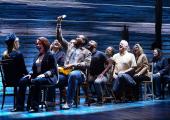


“When you were our age, how did you imagine your life? What did you hope for?” It is a video of a classroom south-east of the Périphérique separating Paris from the working-class suburbs. The students are mostly girls between fifteen and sixteen and they wear make-up, jewellery, low-cut tops – we understand they’re sexy, confident, cool. Several are African, North African, Caribbean.
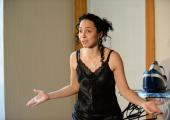
Hot on the heels of International Women’s Day come three monologues written, directed and produced by women showing at Hoxton Hall. It’s kind of a treat, and kind of not.
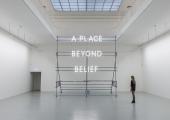
The Imperial War Museum’s Age of Terror: Art since 9/11 brings together art made in response to the immediate events and long-term consequences of the events of 11 September.
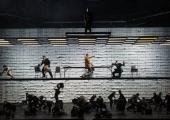
Composer Tansy Davies and librettist Nick Drake’s opera Between Worlds cannot help but be a devastating tribute to the tragedy of 9/11. Yet the whole is peppered with problems that mean this result is achieved only intermittently. Davies – whose first opera this is – and the playwright Drake, with Deborah Warner directing, have picked a topic that would seem at first glance to demand the scale of a modern-day Götterdämmerung. The result they extrapolate is far from that – but when it does succeed, it is in ways that are not really about 9/11 at all.
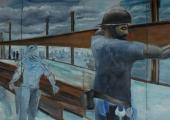
“I see a lot of things up there, I get chills, see shadows. I don’t know if you call them ghosts or whatever, but you feel stuff. They’re trying to tell you something.” This is bolt boss Mohawk Joe “Flo” McComber, one of the many Mohawk iron workers rebuilding the World Trade Center. A tough guy, he’s not alone in sensing the spirits of the dead. “The site is being take care of in a different way. You feel it,” says Mike O’Reilly, another ironworker.
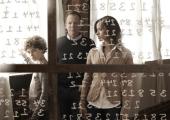
The eminence grise behind Touch is Tim Kring, who also devised Heroes, and it shows. Heroes was about a network of people with paranormal or superhuman powers, and so is Touch. In this case, we find ourselves in a universe which is underpinned by numerical patterns and mathematical probabilities. Only a select handful of humans can discern this astounding cosmic architecture and join the astral dots, one of them being Jacob "Jake" Bohm.

Ever since we moved into an apartment building round the corner from Ground Zero a couple of years ago, I’ve been keeping an eye on One World Trade Center, formerly known as the Freedom Tower, soon to be America’s tallest building. Now it’s reached 92 of its eventual 105 floors at the rate of one floor a week, its octagonal steel panels covered in blast-resistant glass soaring skywards, and Condé Nast and J Crew have signed up as some of its future occupants.

Idiotically buried by a release which sees it appearing on just one screen nationally, Kenneth Lonergan’s triumphant follow-up to his Oscar-nominated debut You Can Count on Me (2000) is, without a scintilla of a doubt, one of the finest films of 2011. Rich, resonant and with a meticulous approach to characterisation, it captivates, convinces and challenges.

Over the course of the past weekend, not to mention over the last 10 years, it has been said often enough that there are no words to express the horror of 11 September, 2001. This hasn’t stopped people from trying, of course – and sometimes with commendable results. But basically there just isn’t much effective vocabulary when it comes to describing grief and torment on a grand scale: hence, perhaps, America’s seeming lack of closure regarding the whole episode, and the often slightly surreal and distant nature of 9/11 documentaries.